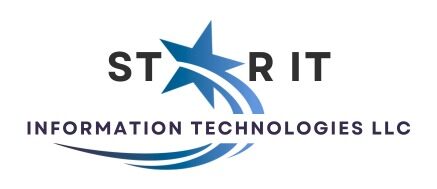Why Businesses Need Structured Cabling for Long-Term IT Success
Behind every high-performing digital business is a network of silent enablers—wires, cables, and systems working in harmony to connect people, devices, and data. While they may go unnoticed, these physical elements form the very foundation of your IT infrastructure. This is why Structured Cabling is more than just good wiring—it’s a long-term strategy for reliable and scalable connectivity.
As companies grow, having an organized, flexible, and high-speed network becomes critical to operational success.
What is Structured Cabling and Why Does It Matter?
Structured cabling refers to a standardized and systematic method of installing and managing the physical wiring that connects all parts of your IT infrastructure—servers, computers, phones, access points, security systems, and more.
Unlike traditional, disorganized setups, structured cabling is designed to be clean, modular, and scalable. It allows businesses to upgrade or troubleshoot systems faster, reduces downtime, and supports future technology expansion.
Key Benefits of Structured Cabling
1. Simplifies IT Infrastructure
With a well-planned cabling framework, your business avoids the chaos of tangled wires and disorganized ports. Everything has its place—making management, repairs, and expansion easier.
2. Reduces Downtime and Troubleshooting Time
In the event of network issues, structured cabling makes it easier to locate and isolate the problem—saving hours of downtime and reducing the risk of system-wide failures.
3. Supports High-Speed Data Transmission
Modern businesses rely heavily on fast, uninterrupted internet and file transfers. Structured cabling ensures optimal bandwidth usage with minimal interference or signal loss.
4. Future-Proofs Your Network
As your business adds new systems—VoIP phones, CCTV, biometric access, or cloud platforms—structured cabling accommodates them without needing a complete overhaul.
5. Enhances Workplace Safety and Aesthetics
Cable clutter can be a hazard and an eyesore. Structured cabling keeps things tidy, secured, and professionally installed—improving safety and overall work environment.


Ideal Use Cases for Structured Cabling
Businesses of all sizes can benefit, but structured cabling is especially important for:
-
Corporate offices with growing teams
-
Educational institutions and training centers
-
Retail chains and warehouse operations
-
Healthcare facilities with integrated systems
-
Any organization using VoIP, CCTV, or smart systems
At STARIT INFORMATION TECHNOLOGIES LLC, we specialize in designing and implementing structured cabling systems that align with your current setup and scale with your future needs.
Conclusion
A strong business requires a strong backbone—and in IT, that backbone is structured cabling. By investing in a system that’s neat, robust, and future-ready, you eliminate bottlenecks, reduce downtime, and create a platform for seamless digital operations.
Let STARIT INFORMATION TECHNOLOGIES LLC help you lay the foundation for long-term IT success—starting with a smarter, cleaner, and more efficient cabling solution.



